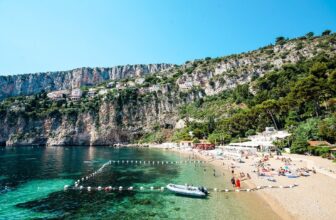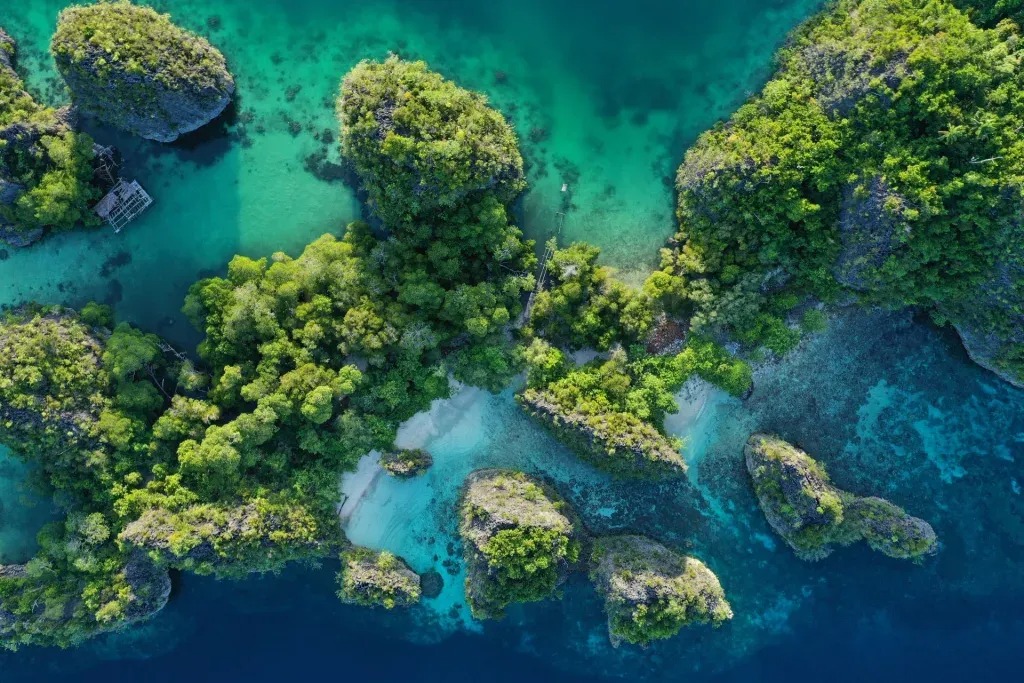
If you’re seeking a travel story that entwines emerald-green lagoons, crystalline reefs and that unexpectedly cool wow moment of discovering nature in its most unapologetically gorgeous form, then let me introduce you to Raja Ampat.
I’m your resident globe-trotting guide ready to take you on a journey through this tropical gem — exploring the shimmering lagoons, the kaleidoscopic coral-gardens, and why your travel dreams might very well want to book now :).
Read on to find out why this Indonesian archipelago matters, how to experience it, and how to do it in a way that leaves you breathless rather than breathless with stress.
Table of Contents
Surrendering to the Lagoon-Dream
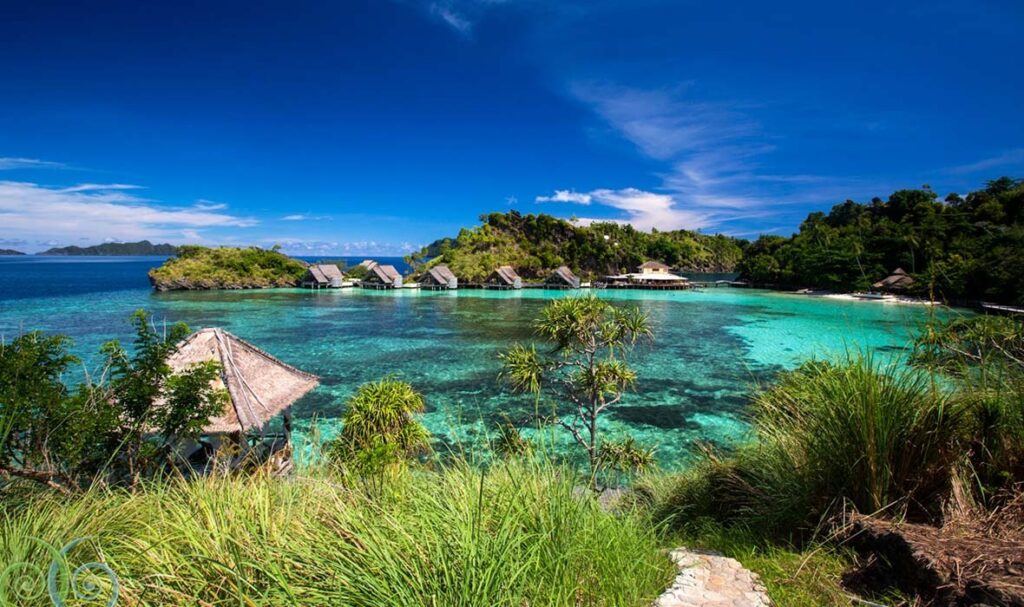
Source: remotelands.com
Picture this: you step into a shallow waterway, the hues shifting from aquamarine to emerald to deep teal, limestone karsts rising like silent sentinels out of the sea. That’s the surface allure of Raja Ampat.
Here the lagoons aren’t just pretty, they demand your attention. These water corridors wind through the islands, creating intimate bays and reflective surfaces that mirror the sky.
It’s the kind of place where you pause mid-stroke while kayaking, paddleboard, or even just floating, because the view stops you in your tracks.
If you’re planning your trip, you might consider a tailored voyage via a luxury Raja Ampat yacht cruise. Think relaxing breakfast on deck, sunrise kayaking and exploring remote islets with no one else around.
The Crystal Reefs: Underwater Heaven
Let’s dive (pun absolutely intended) into what lies under the anaerobic stillness of those clear waters: the reefs. Raja Ampat has earned its reputation as one of the world’s richest marine havens. Scientists have documented a staggering variety of life here.
What this means for you as a snorkeler or diver is: bright coral forests, schools of fish that feel like moving rainbows and hidden pockets of reef that hold surprises.
Must-see reef facts
- Some reef areas begin in just a few metres of water and plunge into deep channels, making them accessible for divers of many levels.
- The coral types here are truly abundant, placing Raja Ampat as the global epicenter of reef biodiversity.
- While snorkelling may feel gentle and accessible, currents in some zones (especially outer reef edges) can get interesting.
- Good to go with a certified guide or experienced boat crew.
Quick comparison table
| Feature | For snorkelers | For certified divers |
| Depth | Shallow lagoons & reef flats (≈ 3-15 m) | Outer walls and channels down to 100 m+ |
| Marine life exposure | Turtles, reef fish, colourful corals | Pelagic species, sharks, big schools, rare invertebrates |
| Conditions | Calm, clear water in sheltered spots | Might include stronger currents, technical zones |
Even if you don’t dive, the light filtering through the water illuminates the reef like a cathedral’s stained glass—so spectacular you will still feel you’re inside something sacred.
Emerald Lagoons Above Water and Beyond
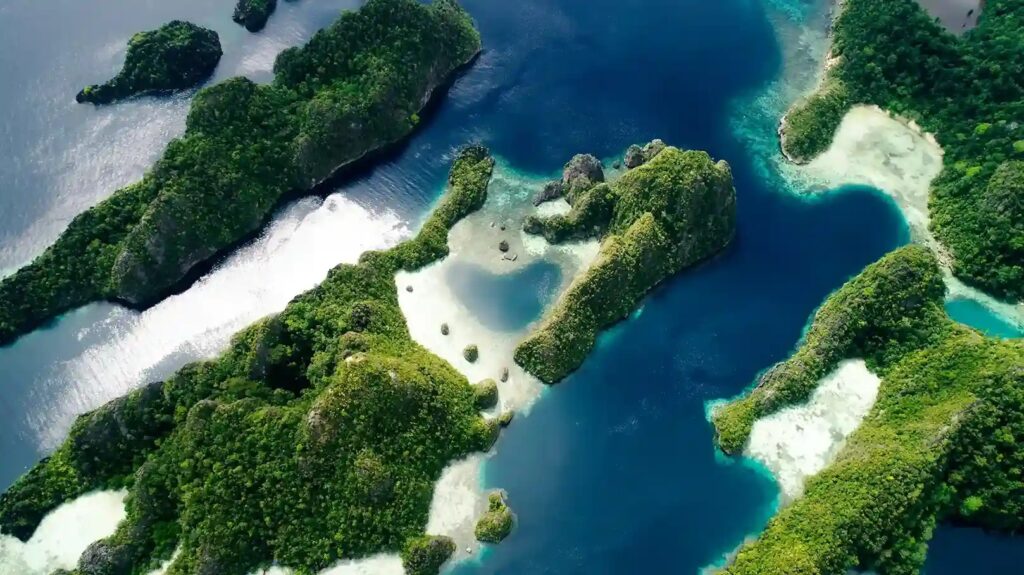
Source: komodoluxury.com
Back to those lagoons. What makes them “emerald”? It’s the combination of clean shallow water, white sandy or coral-rock bottoms, vegetation fringes and the angle of sunlight. You’ll find yourself mentally rearranging how you describe colours after a few days here.
Why they feel magical
- The karst formations surrounding them, limestone islands rising abruptly, add dramatic contrast and frame your view.
- Hidden coves invite kayak-exploration: you can drift through near-silent waters with only birds and the susurrus of leaves.
- The reflection effect: on calm mornings, the surface becomes mirror-still; you’ll find yourself taking way more photos than expected.
Did you know: At places like the viewpoint over Piaynemo you’re rewarded with panoramic scenes of mushroom-shaped islets surrounded by shimmering green water.
So if you love the idea of relaxing on deck, kayaking through narrow water lanes, photographing in soft dawn light, you’re in the right mindset for these emerald lagoons.
How to Experience It: Planning and Practicalities
Turning wanderlust into logistics: here’s what you need to think about when planning a trip to Raja Ampat so you can relax, not just stress about booking and transfers. Think of it as your playful checklist.
Pre-trip pointers
- Getting there: Fly into Sorong in West Papua, then boat or speed-boat transfer to the archipelago. Remote, yes—but that remoteness is the charm.
- When to go: Generally, October to April offers calmer seas and better visibility.
- Accommodation options: From liveaboard yachts to island-bungalows to eco-resorts. Choose based on your comfort level and how much remote you want to be.
- Pack smart: Reef-safe sunscreen, fins/mask (if you have), some light layers for evening, power bank (remote islands may have limited outlets).
- Eco-mindful: The reefs are fragile. Avoid touching corals, keep distance from marine life, and use responsible tour operators.
Sample itinerary snippet
- Day 1: Arrive Sorong → transfer → settle in, beach time, snorkel off jetty
- Day 2: Lagoon kayak in early morning, viewpoint hike midday, swim in lagoon in late afternoon
- Day 3: Boat to outer reef, snorkel or dive at a renowned site, relax catch sunset
- Day 4: Free morning to explore hidden coves, depart
When you’ve shaped the itinerary this way you get the layered experience: above-water beauty, reef immersion, downtime in between.
Final Thoughts: Your Journey Awaits
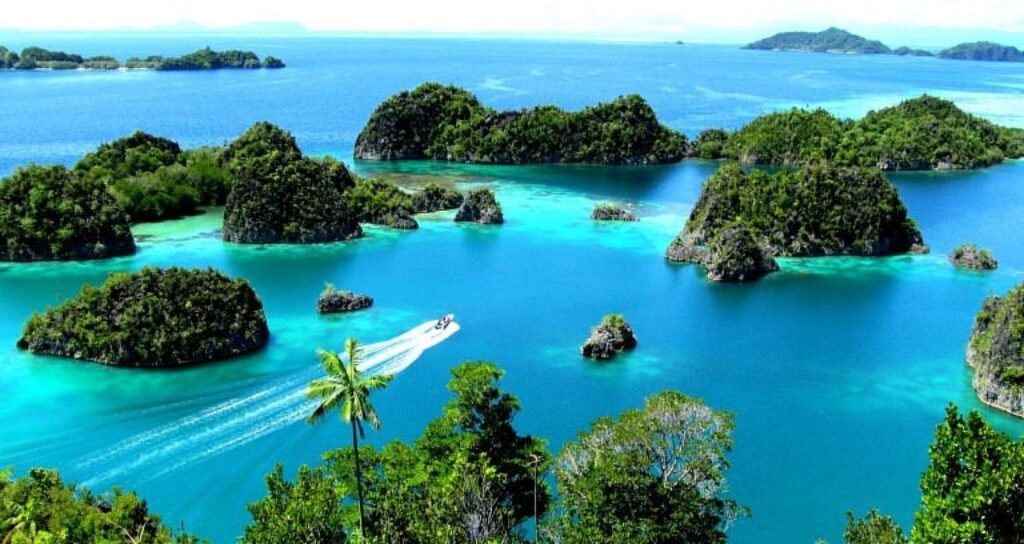
Source: tripadvisor.com
So there you have it: the emerald lagoons, the crystal reefs, the kayak strokes at dawn, the coral fish kaleidoscopes at 10 metres deep. If your travel instinct is whispering go, then Raja Ampat is listening.
Pack curiosity, a sense of wonder, and the willingness to slow down just enough to really see this place.
When you finally glide through one of those glass-clear lagoons, or peer down at a reef alive with colour and movement, you’ll know you made the right choice.
The world might keep spinning fast outside, but here you get the rare gift of time slowing a little and nature showing off its best work.



